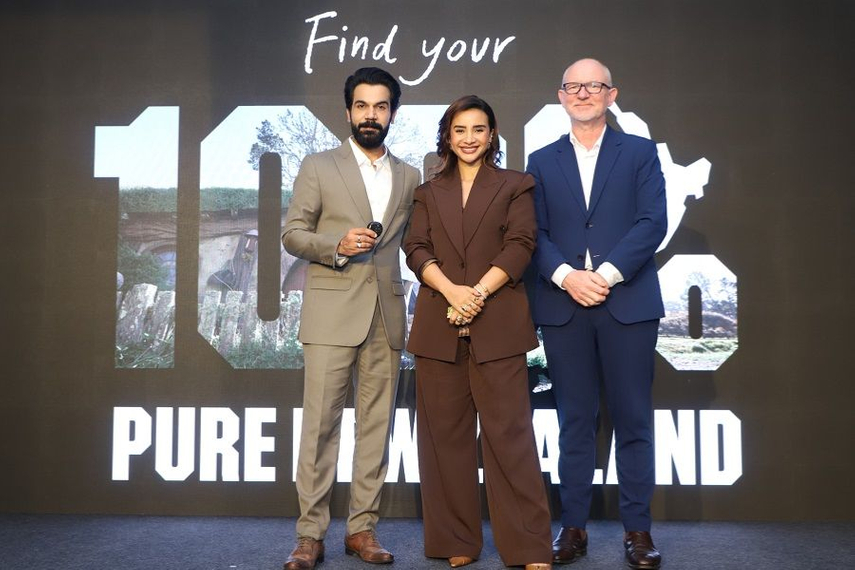
Please sign in or register
Existing users sign in here
Having trouble signing in?
Contact Customer Support at
[email protected]
or call+91 22 69489600
With NZ$13.5 million in its kitty, Tourism New Zealand’s new campaign courts India’s 15 million travel-intent audience with precision marketing.

Contact Customer Support at
[email protected]
or call+91 22 69489600
Top news, insights and analysis every weekday
Sign up for Campaign Bulletins
Employees are still looking for clarity around new policies regarding return-to-office, severance and more.
The deal looks to be worth over $80 billion, but faces antitrust resistance.
The review is at the chemistry stage.
SOUNDING BOARD: From mourning the loss of legacy brands to asking tough questions, industry leaders reflect on the biggest news this week.